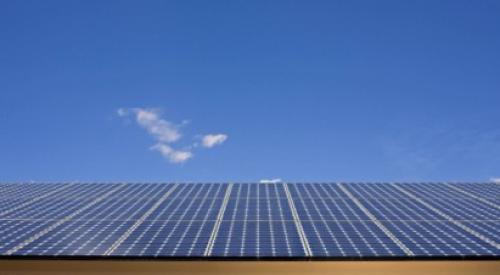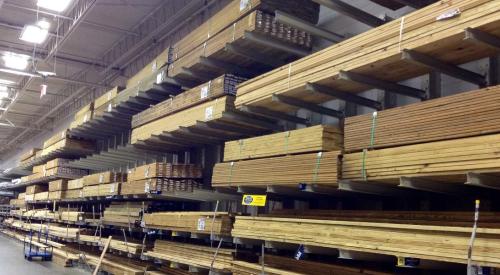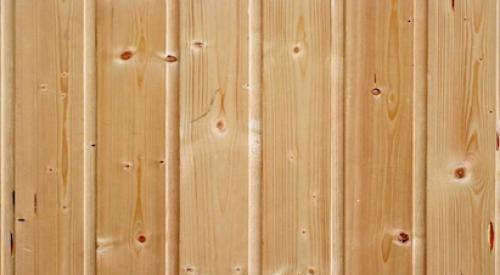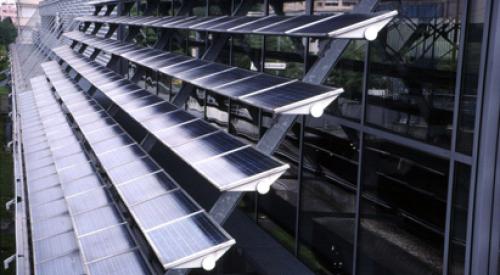On July 8, the U.S. Department of Commerce (DOC) imposed new punitive tariffs on Chinese solar product manufacturers.
The ruling, which calls for antidumping duties (AD) as high as 259.9 percent and countervailing duties (CVD) as high as 23.3 percent, was made to give U.S. manufacturers an advantage equal to its overseas counterparts.
Chinese solar panel imports represent a large share of the U.S. market. IBISWorld estimates that Chinese products make up more than 30 percent of domestic demand for solar panels. That output has driven down both the price of photovoltaic (PV) panels and panel installation.
The tariff plan was met with some disappointment.
“Keeping these stiff tariffs in place makes solar power less affordable, slows job growth, and prevents more American homes, businesses, and utilities from switching to clean solar energy,” Jigar Shah, the president of the Coalition for Affordable Solar Energy (CASE), said in a statement.
Yingli, a leading solar panel manufacturer based in Baoding, China, said that the ruling gave the company the lowest combined AD/CVD tariff rate (21.73 percent) amongst its peers.
“While we are disappointed in the U.S. Department of Commerce’s decision to continue placing tariffs on an industry that is the second fastest-growing energy industry in the U.S., we are now very securely positioned to succeed in the U.S. market,” Robert Petrina, the managing director of Yingli Green Energy Americas, said in a statement.
Because of the tariffs, solar panel installation will be more expensive for American buyers. EnergyTrend says that Chinese PV cell makers that export their products to the U.S. will see costs rise by 10 percent.
However, despite the short-term cost increase, the price of adopting solar energy has been dropping dramatically over the last three years. According to IBISWorld, from 2012 to 2015 the average price of solar panel installation fell at a yearly rate of 12.1 percent, and installation costs are projected to continue to fall 9.1 percent each year until 2018.
The falling prices are due to imported PV cells. Imports make up more than 75 percent of the U.S. demand for solar panels, and while China is the leader of the pack, other nations such as Malaysia, Mexico, and Taiwan will earn a greater share of the solar panel market. And some Chinese manufacturers have begun to offshore production work to zero- and non-tariff countries.
IBISWorld expects solar cell imports from China to rebound in 2016.












